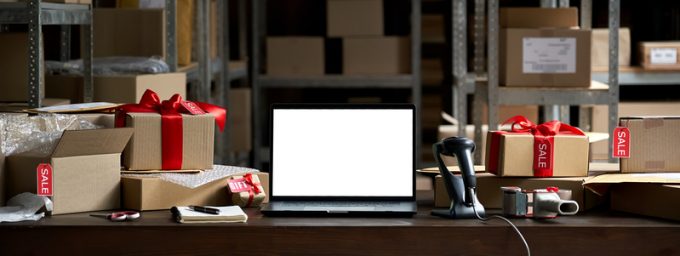Constant changes to FedEx surcharges tests B2C shippers' patience
In a move unlikely to endear itself to customers, FedEx has tweaked its surcharges yet ...

Like a tired but diligent old battle horse, the US consumer shook off worries about debt levels and opened the wallet for the peak shopping frenzy of the year.
Industry groups, operators and observers had predicted a subdued Cyber Week, with projections of a 5.4% rise ...

Comment on this article